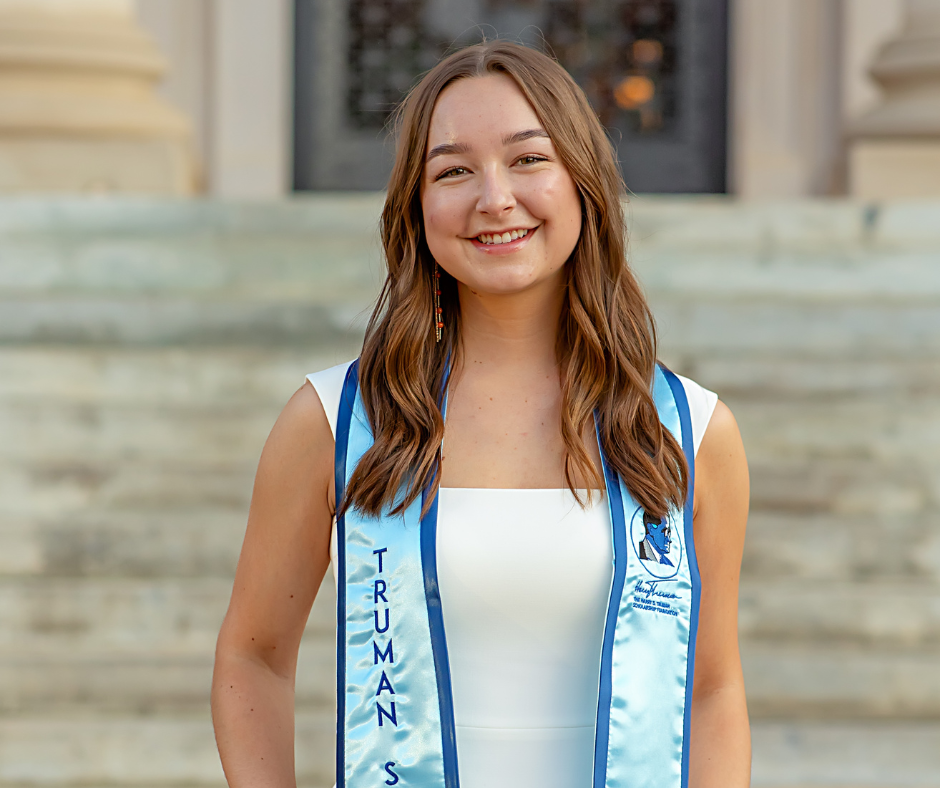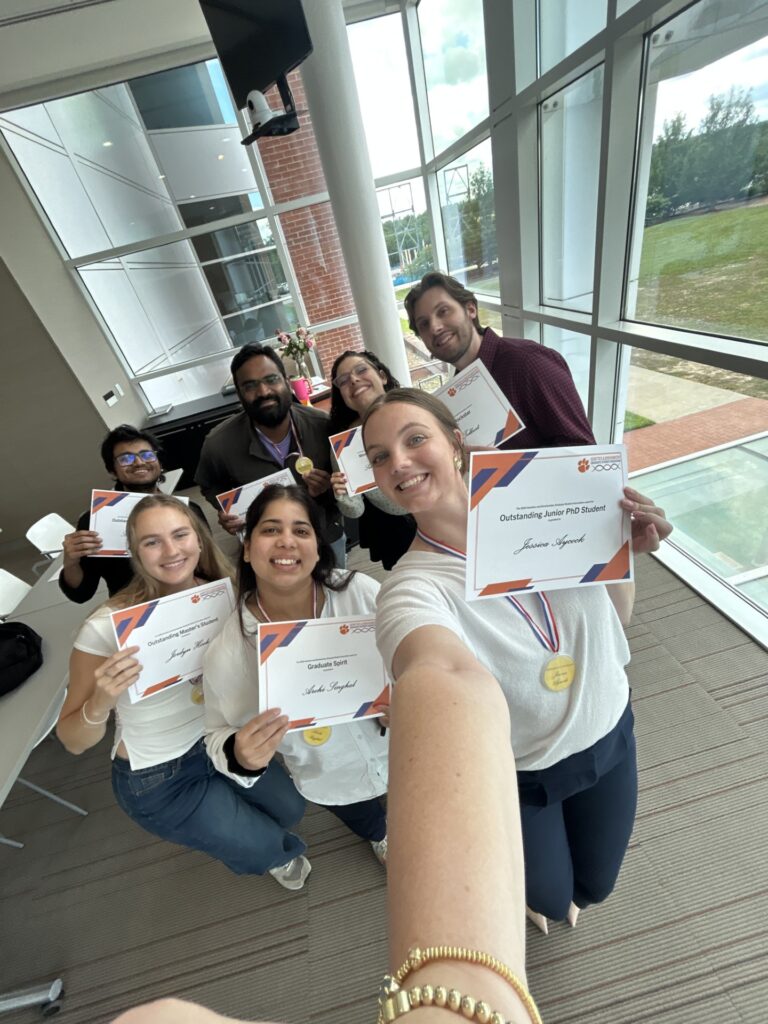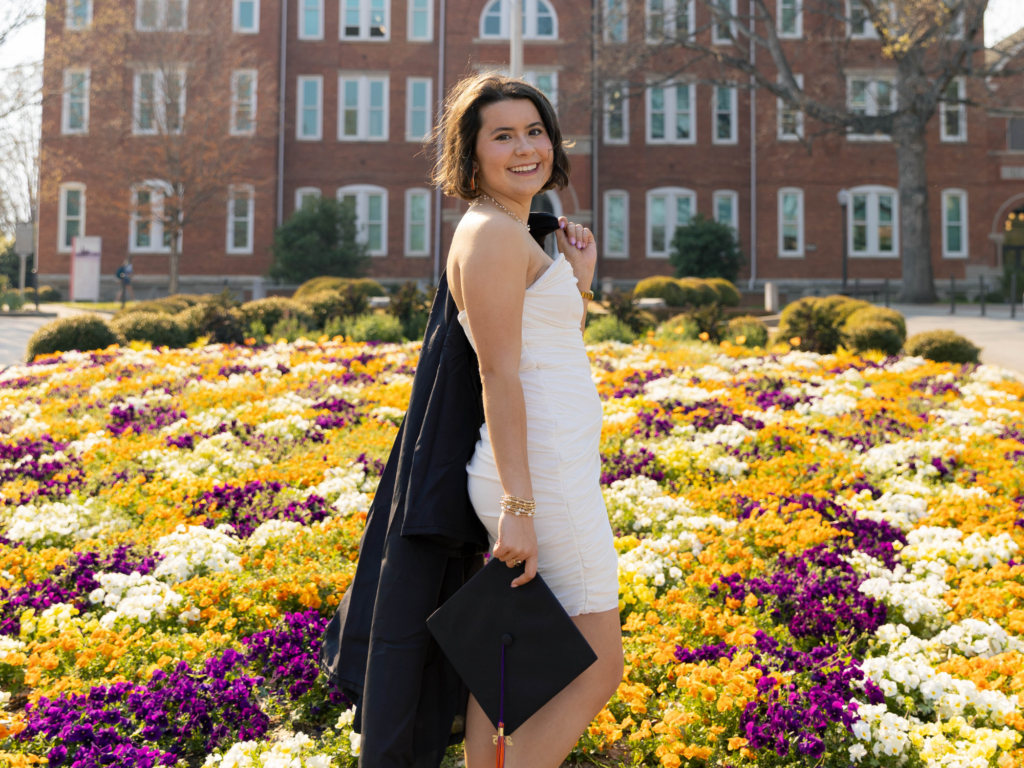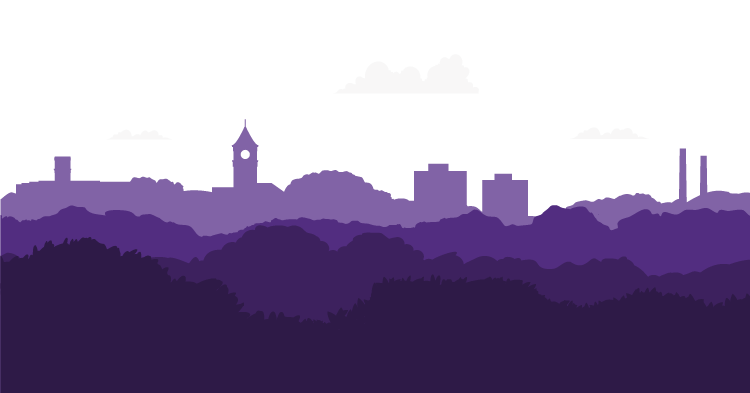
Shriya Amin ’22 has always had a passion for ancient history – partly due to reading the Percy Jackson series as a child. So, when she came to Clemson as a biochemistry major (quickly switching to genetics), minoring in history was a no-brainer.
During the spring semester of Shriya’s sophomore year, the COVID pandemic hit and everything went remote. Shriya didn’t want to get behind and also wanted to get involved in some way.
“During the summer of 2020, I was on two teams in the Clemson COVID Challenge – groups of Clemson, MUSC and Prisma Health students, along with faculty and staff worked to address issues highlighted by the pandemic in everything from medical challenges to societal discrepancies.”
One of the projects Shriya worked on was with the REDDI Lab at Clemson. She first started as a Collection Specialist, then as one of the two Undergraduate Supervisors, staying with this project until graduation.
Shriya was also part of Clemson Dholna, Clemson’s Bollywood fusion dance team since her freshman year.
“We performed at university and community events. It continues to be a wonderful and talented group of people, and I’ve loved getting to see the team grow and progress since graduating.”
During Shriya’s senior year she participated in virtual directed reading with Drs. Raquel Fleskes and Tad Schurr at the University of Pennsylvania. That same year, construction around the Gaillard Center in downtown Charleston unearthed an 18th century burial ground.
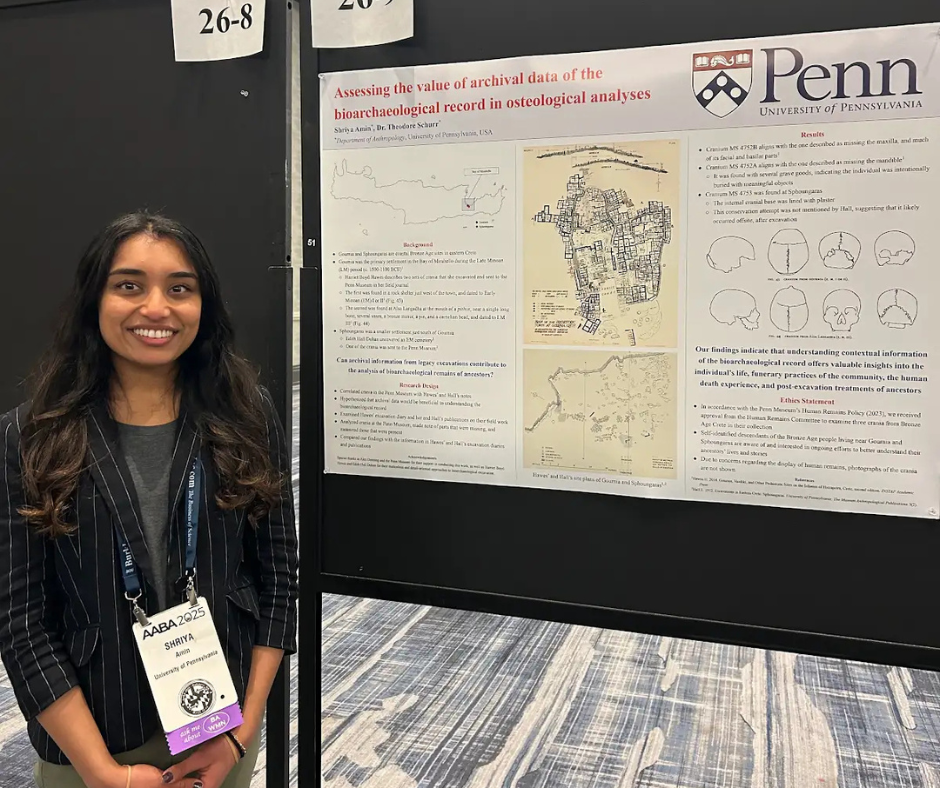
There were 36 enslaved individuals – called the Ansons Street Ancestors – buried there. With permissions from the local Gullah community, Drs. Fleskes and Schurr completed ancient DNA, stable isotope and osteological analyses on these ancestors to learn more about their lives and try to re-identify them as much as possible.
“I had found out about this project and worked out a directed reading project of bioinformatics with Dr. Fleskes. It was kind of my first foray into anthropology, and I really connected with how it focused on the human side of science.”
Shriya always knew she wanted to further her education and attend grad school; she just wasn’t sure where or what she really wanted to study.
“During my junior year, I sat down with Dr. Alison Starr-Moss to see how I could bridge the gap between ancient history and genetics, because I loved them both so much. She suggested I find some papers that connected the two and learn more the authors and see if they would be willing to speak with me.”
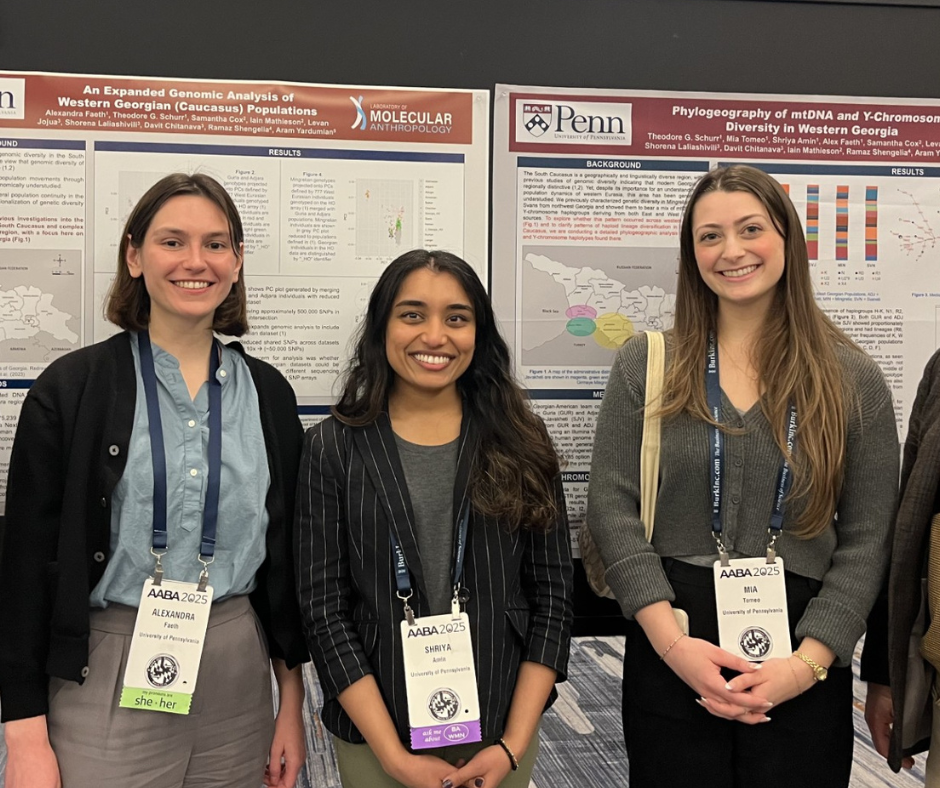
After reading Dr. Fleskes paper on the Anson Street Ancestors and participating in the directed reading, Shriya knew this was the path she wanted to pursue.
Shriya is currently working towards her Ph.D. in anthropology at the University of Pennsylvania (UPenn). She is in a subdivision of anthropology at the UPenn, which is biological anthropology – genetics.
“It’s similar to human genetics, but takes into further consideration the sociocultural, political and environmental aspects that can shape and affect the human genome and looks at genetics a little more holistically.”
Her dissertation project addresses questions of admixture and diversity: how population- and individual-level movements and migrations from the recent and more ancient pasts affect the genomes of current peoples.
“I’m part of a larger project that is working to characterize genetic diversity in the country of Georgia in the South Caucasus.”
Unsure of what lies ahead after completing her Ph.D. in anthropology, Shriya does know that she will work on making science more available to the population.
“Right now, I think I’d like to work in science publishing and outreach. The pandemic highlighted for me how poor scientific education and literacy is in the U.S., and I want to try to make science more accessible to non-scientists.”


